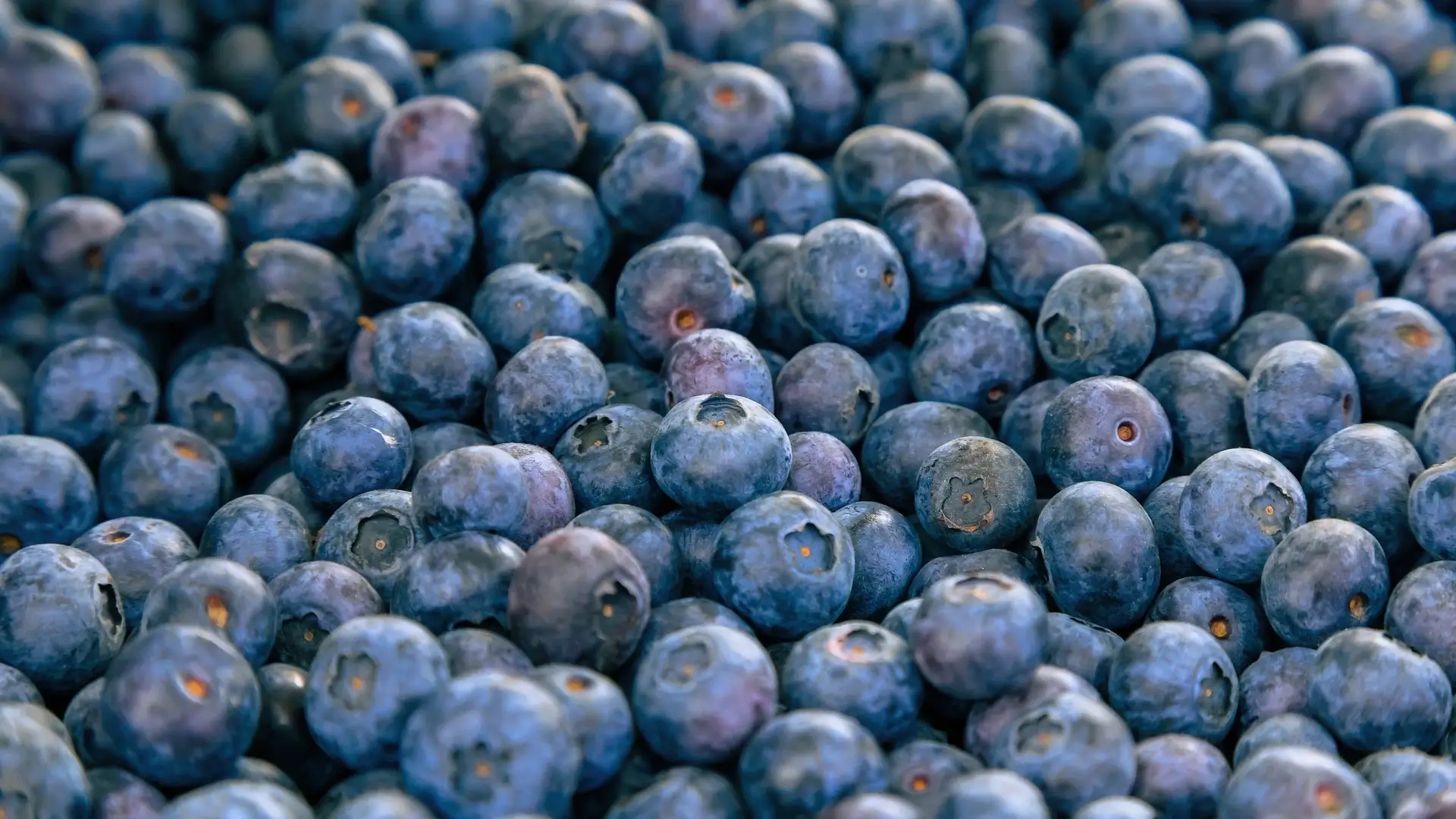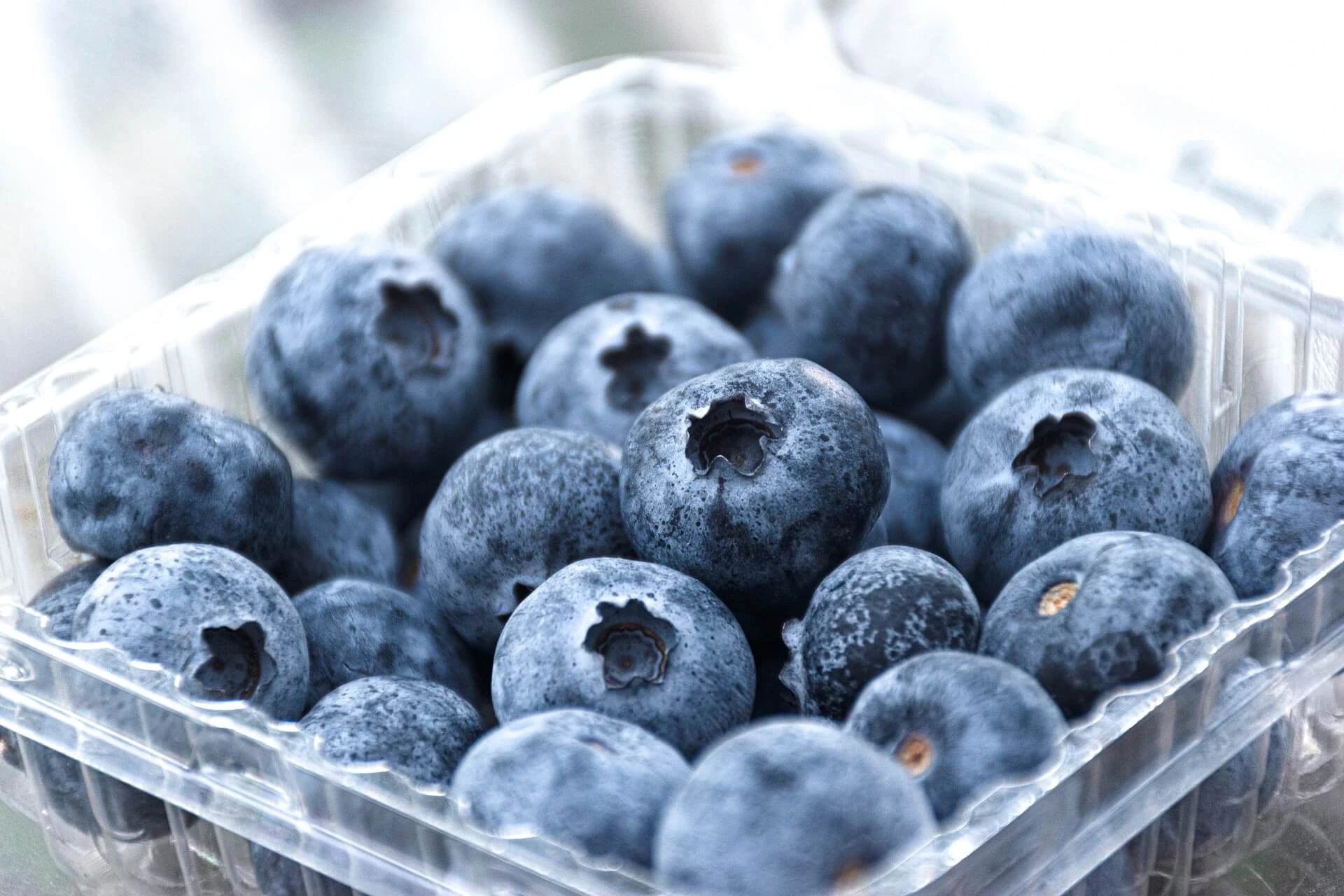Conceptually, 'superfoods' are foods that have both high nutritional value due to a high concentration of nutrients, and high biological value due to broad bioavailability of bioactive ingredients within the body. (The most important bioactive components that have been shown to be beneficial to the human body are polyunsaturated fatty acids (omega 3 and omega 6), vitamins, minerals, probiotics, antioxidants, essential amino acids, polysaccharides and various enzymes).
They are foods that, according to studies, are able to increase the vitality of the human body and can be a good choice for improving health by strengthening the immune system.
The list of superfoods is growing steadily from year to year, and the famous berry from eastern North America and Canada, thearonia, has now joined this category.

Aronia has properties linked to the content of vitamins C and K and mineral salts, but the fundamental element is the substantial source of polyphenols that this fruit is able to provide. For some years now, Italy has also had areas dedicated to the production of this product.
In the hills of Imola (Emilia-Romagna), 'Aronia Italia' has decided to diversify and broaden its offer by dedicating a few hectares of land to the cultivation of aronia.
In this exclusive interview with Italian Berry, Marco Martelli ("Aronia Italia e le conserve di nonna Mina") talks about his experience.

Why this particular fruit?
"Our farm has a usable agricultural area of 27 hectares and the species cultivated used to be mainly apricots, plums, peaches and kiwis. About 15 to 20 years ago, genetic research created apricots with a lower cold requirement and so the whole of the south became a suitable area. I was forced to diversify my production and in consultation with my nurseryman we decided to plant this berry. This choice was due to the fact that the only 'berry' that would have adapted to our type of soil would have been the aronia. The first experiment included half a hectare of land devoted to it, now the area planted is larger."
How is the cultivation and harvesting of this precious berry managed?
"From the point of view of cultivation it is very simple: it is planted in the open field, in soil, resistant even to hail. The only requirement it has, which we realised, is the need for irrigation; without it, out of survival instinct, around August the plant would tend to withdraw water from the fruit, dehydrating it. With irrigation, however, the problem is solved and the harvest can be as late as mid-October. This prolongation of the harvest due to irrigation has two effects: the sugar content is much higher (it can easily reach over 20°Brix) and the tannins become softer (less roughness and astringency on the palate), so the final juice will be much more balanced. Harvesting, on the other hand, is done in a single pass, for now by hand and later by machine."
How is it sold?
"The chokeberry we produce is destined for processing on the farm. We make juices and jams, the processed product is sold partly directly and partly through wholesalers, we haven't yet started online trading but that will be the next step. Speaking of future goals, next year we are going to plant sea buckthorn, another superfood with countless beneficial effects.


The first steps of aronia cultivation in Italian are part of a broader global trend that has a value of US$638.5 million (2018) and is estimated to reach US$1038.7 million by 2025. Europe is expected to generate the highest compound annual growth rate (CARG) in the global market due to increasing demand for berries.









